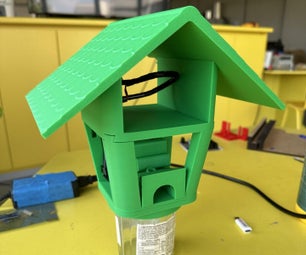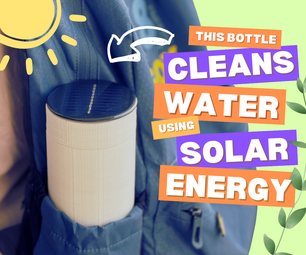Introduction: DIY Printed Circuit Board
I want to share my personal experience with heat toner transfer method of making PCB.
It's easy to learn for beginners and it delivers very good result for fair price.
Do fast prototyping with fun!
Enjoy!
...
To get more info about LIQUID TIN see Spec sheet at
http://www.mgchemicals.com/products/421.html
...
NOTE!!! Why it works only with laser printer!
Heat toner transfer is possible because it employs physical properties of laser printer toner.
Toner is a mix of a very fine plastic powder and black pigment.
When paper is being heated by fuser inside printer plastic particles melts and sticks to paper.
If we attach paper to flat surface and apply heat to paper so temperature of paper exceeds toner melting point, plastic melts again and sticks to adjacent surface.
If you don't have laser printer you can use xerox to make copy of your artwork. Since xerox employs laser technology it should work the same way.
It's easy to learn for beginners and it delivers very good result for fair price.
Do fast prototyping with fun!
Enjoy!
...
To get more info about LIQUID TIN see Spec sheet at
http://www.mgchemicals.com/products/421.html
...
NOTE!!! Why it works only with laser printer!
Heat toner transfer is possible because it employs physical properties of laser printer toner.
Toner is a mix of a very fine plastic powder and black pigment.
When paper is being heated by fuser inside printer plastic particles melts and sticks to paper.
If we attach paper to flat surface and apply heat to paper so temperature of paper exceeds toner melting point, plastic melts again and sticks to adjacent surface.
If you don't have laser printer you can use xerox to make copy of your artwork. Since xerox employs laser technology it should work the same way.











